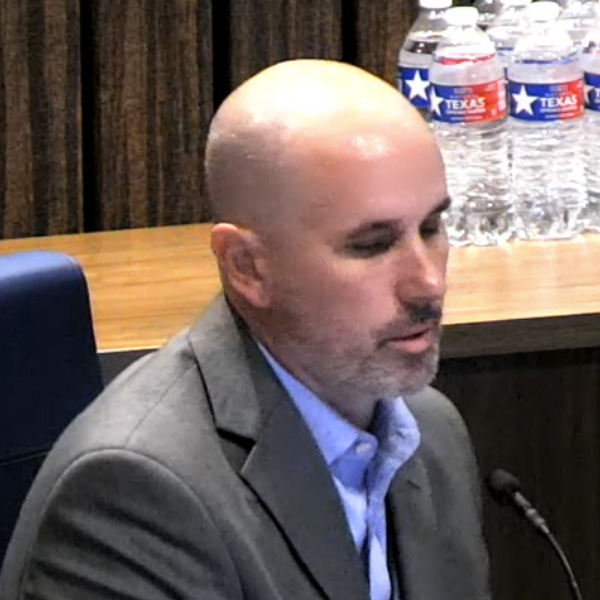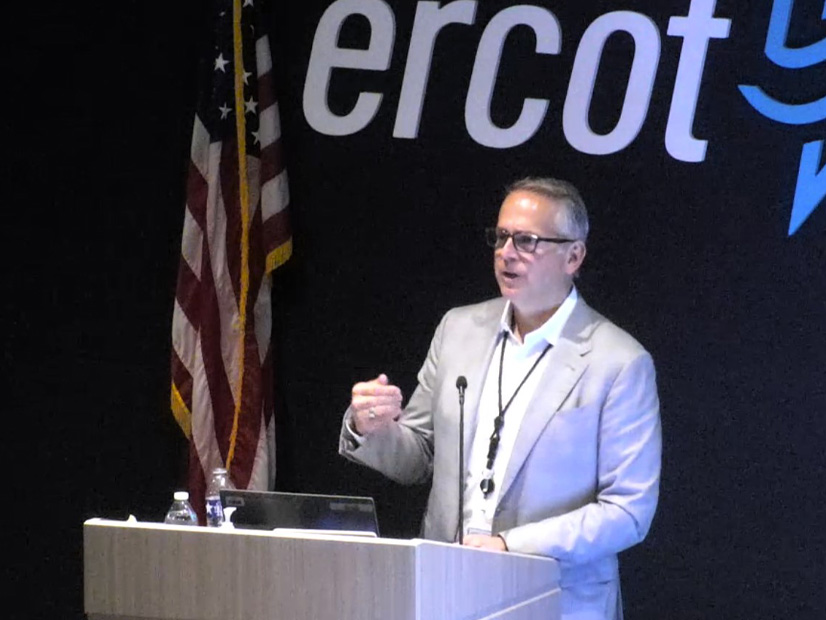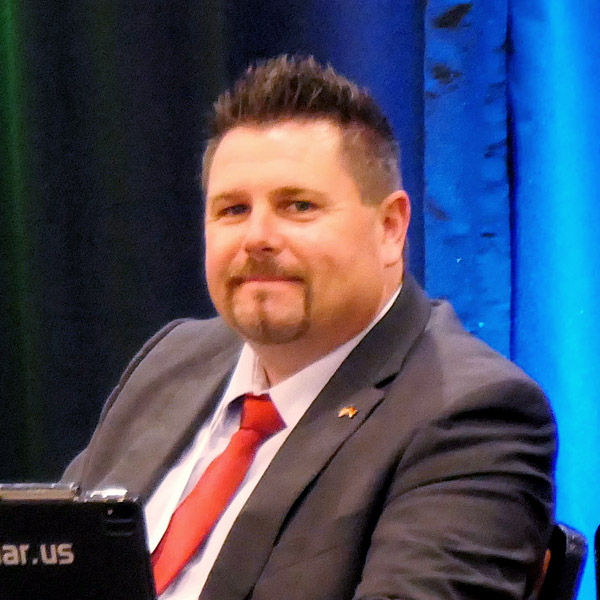The second anniversary of the Inflation Reduction Act on Aug. 16 passed pretty much as expected.
The Biden administration spent the run-up to the anniversary sending out press releases and hosting a Department of Energy webinar focused on the achievements of the law to date — including the $25 billion in loans the Loan Programs Office has announced for 18 projects and the nearly 20,000 permanent jobs those projects could create.
Energy industry trade associations, clean energy companies, state and local officials, and advocates released a fairly predictable set of statements, again, hailing achievements, while noting the work still ahead.
To gain a deeper understanding of how the IRA is being implemented, NetZero Insider invited several industry leaders to share their views on the law on background but with the understanding that we would come back to them with quotes from these interviews and ask if we could publish them on the record.
In each interview, we asked four main questions:
-
- From your point of view, what were the most important achievements or unexpected results of the first two years of IRA implementation?
-
- Were there specific pain or choke points, or frustrations, with implementation thus far? What are you hearing from the industry and/or your members?
-
- What might have been done differently?
-
- What needs to happen to ensure implementation continues so the law has its maximum intended effect, regardless of who is in the White House or which party controls Congress come January?
Our original invitations went out to a broad range of individuals, including leaders with bipartisan and conservative views on climate and energy; however, those individuals and their groups either declined or did not respond to our requests for interviews.
Those who agreed to the interviews were split between general clean energy associations and trade associations focused on specific technologies, both of which had lobbied hard to get certain provisions into the IRA or the Infrastructure Investment and Jobs Act.
The general groups were represented by Harry Godfrey, managing director for policy at Advanced Energy United (AEU); Lisa Jacobson, president of the Business Council for Sustainable Energy; and Ray Long, CEO of the American Council on Renewable Energy.
Jessie Stolark, executive director of the Carbon Capture Coalition, Paula Glover; president of the Alliance to Save Energy; and Blaine Collison, executive director of the Renewable Thermal Collaborative, rounded out our list of industry experts.
Industrial Policy, at Last
When President Joe Biden signed the IRA on Aug. 16, 2022, the price tag for its energy tax credits, grants and other incentives was just shy of $370 billion. But the uptake of the tax credits and incentives has almost doubled that figure to $730 billion, according to recent estimates from the Congressional Budget Office.
While the resulting boom in clean energy manufacturing has been extensively discussed and documented, Godfrey said the sheer scale has been surprising.
“I don’t think anybody developing this law expected to see that significant of an uptick in [demand] and new factory starts,” he said. Rather, early expectations may have been formed by the more muted increase in manufacturing following passage of the American Recovery and Reinvestment Act of 2009, amid the Great Recession.
The main difference between then and now “has everything to do with the fact that they got the mechanics of industrial policy right,” Godfrey said. “They have both the supply-side support for folks opening new factories … but then they coupled it with really stable, long-term and relatively generous demand-side proposals.”
ACORE’s Long agreed that “for the first time in decades … we have a real industrial manufacturing policy; so, people are investing in manufacturing, in factories in the United States. … Stuff is actually getting built.”
But beyond the announcements, Long said, “the policies that have been put in place have been designed to really level the playing field in terms of the opportunities for all Americans” to access the benefits of clean energy, which often have not reached disadvantaged or remote communities.
Godfrey also talked about the IRA’s $5 billion in Climate Pollution Reduction Grants that are helping states develop climate action plans. EPA announced in March that 45 states, the District of Columbia, Puerto Rico and a number of individual cities have submitted plans.
A potentially high-impact initiative that largely has flown under the radar, the plans from red, blue and purple states “really look across the entirety of their economies and go deep in this stuff,” Godfrey said. “There’s a great deal of variation, and variation in terms of granularity and specificity, but lots of states [took] the time to do that and really participate in that thought and lay out plans.”
The law’s tax credits were another point of agreement, providing, as Godfrey said, both supply- and demand-side incentives.
Stolark pointed to the IRA’s expansion of the industry’s 45Q tax credits for carbon capture technologies as a “critical milestone” for the industry, catalyzing new interest and project announcements. The law more than doubled the tax credit for carbon capture projects at power plants or industrial sites from its previous level of $40.89 per ton to $85 per ton.
But, she said, the tax credits are only a first step toward creating sustainable markets for carbon capture. For these technologies to scale, “we need markets for products and services sourced from carbon management.”
Collison praised the 45X advanced manufacturing tax credits, which cover thermal batteries, “a key industrial decarbonization and electrification technology,” as well as the clean hydrogen and storage credits. Thermal batteries store energy as heat and may provide long-duration storage.
For Glover, the most significant IRA tax credits are 25C, 179D and 45L, which provide credits for energy efficiency measures on residential buildings, commercial buildings, and new single-family and manufactured housing, respectively.
The Tax Credits
But the excitement about the tax credits has been tempered by the complexities of the IRA itself and the resulting long time frames and uncertainties still surrounding their implementation.
The success of the energy efficiency tax credits depends on people knowing, first, that they are available and then, how to use them, Glover said.
Her biggest challenge “really has been like, how do we communicate to the general public about what’s available to them,” she said. “And there’s not really money available to promote that kind of communication.”
Many of the pain points surrounding the tax credits could be rooted in the speed with which the 274-page IRA was passed, and the pressure on federal agencies to get out proposed guidelines and respond to the hundreds of public comments they often receive.
“There are a bunch of relevant technologies that are not explicitly included, like industrial heat pumps, which frankly are going to be a huge wedge of our collective decarbonization,” Collison said.
In speaking about tax credit uncertainty and the Treasury Department’s slow rollout of final rules, our interviewees all qualified their concerns by acknowledging the herculean task Treasury has faced and praising its efforts to distill the law’s complexities into legal guidelines that consider a broad range of stakeholder input.
Jacobson raised the public debate on the 45V clean hydrogen tax credit as a case in point. Treasury guidelines here will set the emission levels required for a project to be eligible for a credit of up to $3 per kilogram. A proposed rule was released in December 2023 but has yet to be finalized.
“Whatever we end up with, these conditions are not as flexible as some in the industry would like,” she said. “That’s clear; it’s very public. But that will have an impact on how much we’re able to deploy and how we’re going to go forward.”
Jacobson likened the ongoing uncertainties surrounding IRA tax credits to a playoff football game. “We have the opportunity to be on the field, and we’re playing, but we don’t have all the equipment. We don’t know all the rules.”
“People thought they were going to eligible for these credits, and now they’re not sure,” she said. “That’s frustrating.”
Domestic Content
Talking about the law’s domestic content provisions — another big flashpoint — Godfrey said Treasury may have “overengineered” the rules.
“The initial proposal from Treasury required such complex and closely held information from companies to qualify that I consistently heard from members they’d likely have to bypass the credit — even if they would qualify in theory,” he said.
The IRA provides “bonus” tax credits for clean energy products — from solar panels to electric vehicle batteries — that are made with domestically produced materials and components. Manchin has been a constant critic of Treasury’s guidelines, which have attempted to provide some flexibility for certain materials — such as graphite for batteries — based on industry feedback.
Godfrey said AEU wanted to see the domestic content provisions work because the group views it as a sound approach.
“Rather than having discriminatory policies that essentially raise prices for anything that’s coming in, let’s help lower prices and thus create an incentive for the consumption of domestically made content,” he said. “If you want to incentivize domestic manufacturing and incentivize consumption, an extra tax credit like this is actually the right way to do it.”
Jacobson talked of the need to hit a “sweet spot” between building out domestic supply chains and growing domestic markets for clean energy technologies.
“Both have to happen at the same time,” she said. “You have to have continued demand and market growth in the U.S. to attract investment for the domestic supply chains and workforce. They all have to align.”
And if they don’t, Jacobson said, “[we’re] just going to have to live through it.”
Long sees a possible resolution in two or three years, when he said, solar and other clean energy manufacturing will be “baked into our economy.”
Home Energy Rebates
Stolark brought up yet another challenge: While waiting for final guidelines on some tax credits, inflation has already undercut their intended impact to reduce prices, she said. To build out the carbon capture projects needed to decarbonize heavy industry such as cement, steel and chemicals, even an $85/kg tax credit may not be enough, she said.
Such bottom-line concerns could affect the buildout of not only carbon capture projects, but also the pipelines needed to transport the captured CO2 to storage sites, she said.
“What I am hearing from our members is that there will be interest eventually in transport, but right now the focus is on some of the other pieces,” Stolark said. “The projects that are moving forward right now, they’re looking at capturing CO2 at a site that is very close [to], if not on top of, appropriate geologic storage.”
The IRA’s $8.8 billion in home energy rebates have also seen a slow rollout, with only two states — New York and Wisconsin — thus far opening programs to get the money to consumers.
Part of the challenge here, Glover said, is that both the state energy offices that must plan and run the programs and DOE, which must approve those plans, are being “extremely careful.”
“When they start talking about building community benefit plans and measuring the benefits of projects in communities, there’s so much legwork that goes into that to make sure you have a successful program,” she said.
What’s Next
While the IRA contains no provisions related to permitting, many of our interviewees talked about the need to streamline and accelerate permitting as one of the must-haves to optimize the impact of the grants and programs the law has launched.
Other items on the wish list of next steps included a tax credit for transmission, more federal dollars to help states and cities implement their climate action plans, long-delayed safety standards for carbon dioxide pipelines and a law that would index tax credits to inflation.
But what could come next may depend on the outcome of the November elections, and who is in the White House and controlling the House, Senate or both come January.
IRA funds that already have been awarded to specific projects and “committed” via a signed contract should be safe, as should tax credits, which appear to have bipartisan support. A group of 18 Republican representatives sent House Speaker Mike Johnson (R-La.) a letter Aug. 6 asking him to protect the tax credits that are drawing new industries and jobs to their districts.
“There needs to be a clear commitment by the next president and congressional leaders that they are going to continue with these historic federal investments [and] make that clear to the private sector,” Jacobson said.
She also encouraged industry and advocacy groups alike, “Don’t be afraid of the lack of clarity in certain areas. That shouldn’t turn people off.”
Godfrey sees a growing role for state and local governments in the coming year. “States will be in the driver’s seat for IRA implementation … in no small part because we are continuing to see these grant dollars flow out the door, particularly from DOE and EPA.”
But he also said it’s time to think about the future after the IRA. When the law’s incentives stop flowing, “when the stuff is already there, how do we make certain that it’s both creating bill savings and then there are real, sustainable markets that make certain you’re getting the maximum value out of all those distributed energy resources?” he said.
What will be needed, Godfrey said, are “robust state [and] regional-level markets for capacity, the ancillary services, the generation services those DERs can provide back to the grid.”
“My hope is that we figure out how we leave the rhetoric aside,” Glover said. “[If] we look at what these things are really trying to accomplish, and we’re honest … about things that work and don’t work, I would hope that it would not matter if we have a Trump administration or a Harris administration.”



